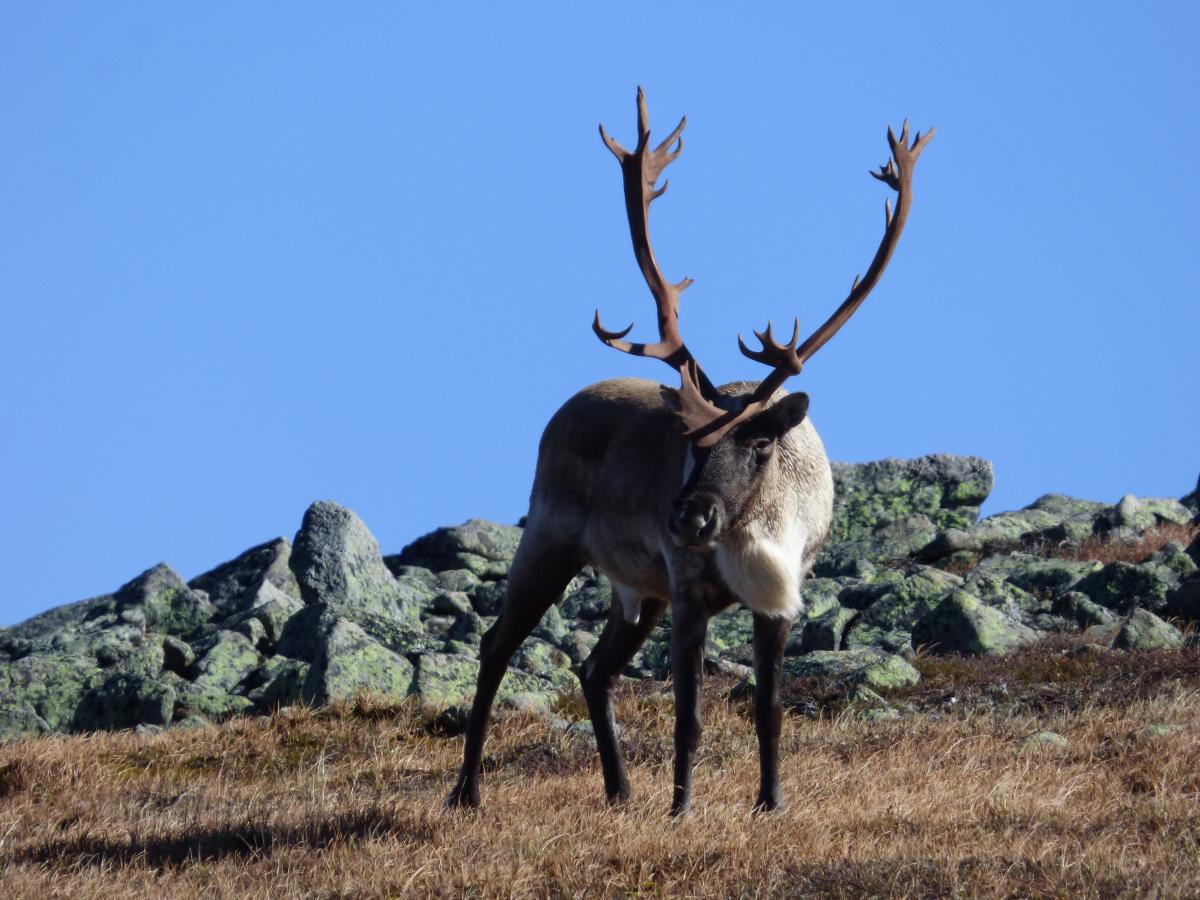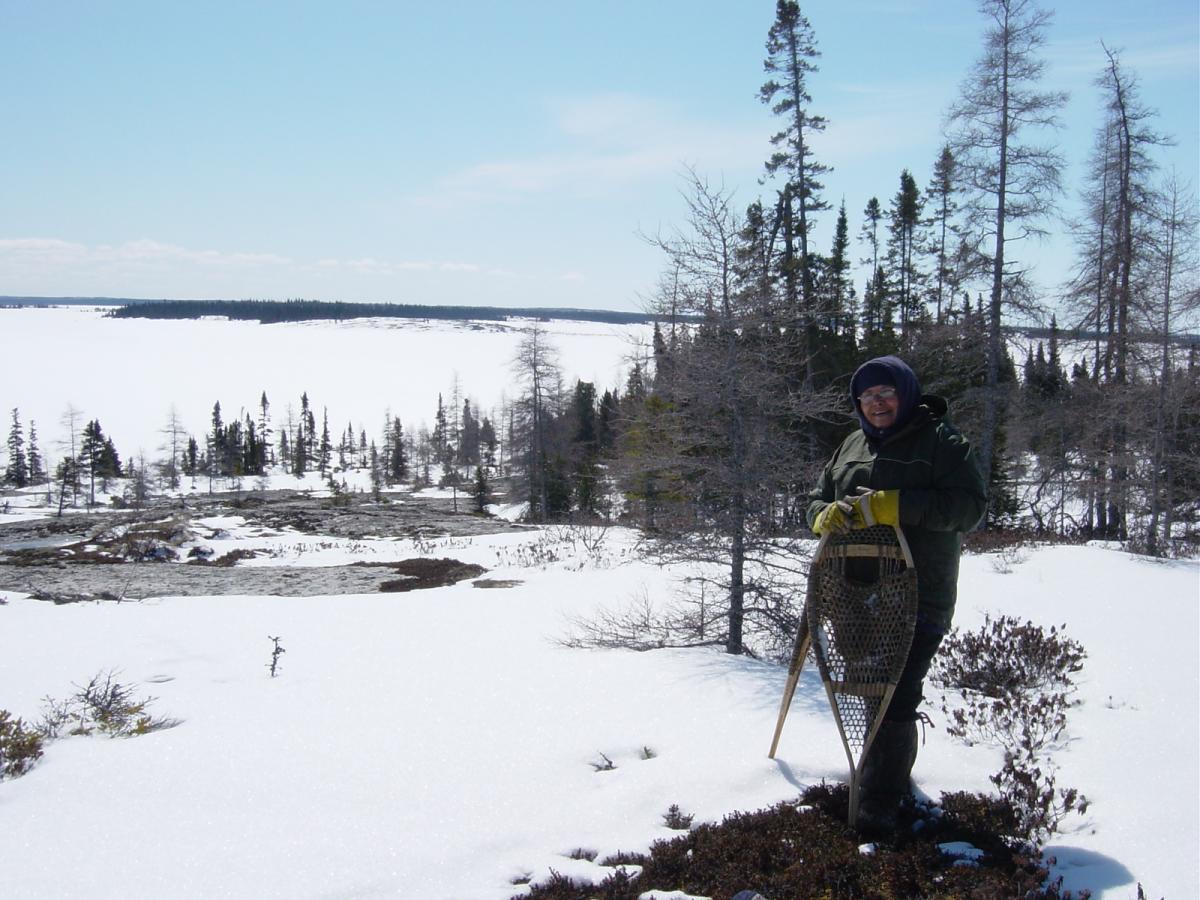Quebec meets UN Convention’s Terrestrial Protected Area Target of 17%
The total area of the province of Quebec, Canada is 1,668 Million square km, larger than countries such as Iran, Peru, and South Africa. On December 17, 2020, the Premier of Quebec François Legault and the Environment and Climate Change Minister Benoît Charette announced that the province will now protect an area of 257,000 sq km. The total area protected is larger than the UK.
“For the past two years, we have invested unprecedented efforts to protect exceptional territories in Quebec, so much so that we can announce today that we have set up a network of protected areas to match international ambitions.” Benoît Charette, Quebec Minister of the Environment and the Fight Against Climate Change
The conservation community around the world is applauding this monumental achievement.
As of 1 January 2021, Quebec protected areas now cover 17.03% of its land and fresh water. This will contribute significantly to combatting the biodiversity and climate crises while improving connectivity, protected area design, and ecological resiliency. New protected areas announced in the Chic-Choc areas adjacent to the Gaspesie National Park will increase the protection for the last remaining mountain caribou herd south of the St-Lawrence River in North America. New protection adds areas for the boreal caribou population north and west of the Manicouagan Reservoir and includes the protection of the George River migratory tundra caribou herd calving ground, once the largest caribou herd in the world.
Indigenous conservation is important across Canada and Quebec’s success is in many ways a direct result. 20% of the Nunavik Territory in partnerships with the Inuit and Naskapi governments and communities is now protected and 23% of the Eeyou Itschee James-Bay in collaboration with the Grand Council of the Cree. The Cree areas adjoin the James Bay, one the world greatest storehouse of terrestrial carbon in soil, peatlands, and sediments.
“This impressive achievement would not have been possible without the guidance of the land users, tallymen, community leaders and the dedicated staff of the Cree Nation Government over the past 10 years. We are proud to announce the results of a concerted effort by all aimed at the same objective: to protect our territory and the traditional activities of the Crees while offering a balanced and sustainable management approach of Eeyou Itschee. This collaboration with Quebec has shown what it is possible to do when we work with common objectives, respecting treaty rights and ensuring the inclusion of all.” Indigenous leader, Mandy Gull, Deputy Grand Chief and Vice-President of the Grand Council of the Cree.
Importantly, the Quebec government applies the IUCN Standards for Protected Areas. Global conservation goals are set collectively through the UN Convention on Biological Diversity whose 17% and 10% targets expire this year. Scientific research shows that we need to protect and manage about half the world in an interconnected way to halt the species extinction crisis and keep irrecuperable carbon in nature to allow us to meet our climate goals of carbon neutrality by 2050. The new target being discussed globally is at least 30% by 2030, a target Canada’s national government has committed to. It is hoped that the Quebec government will continue to show leadership and embrace the minimum of 30% target for the next decade.
Marie-Eve Marchand and Harvey Locke,
IUCN WCPA Beyond the Aichi Targets Task Force





